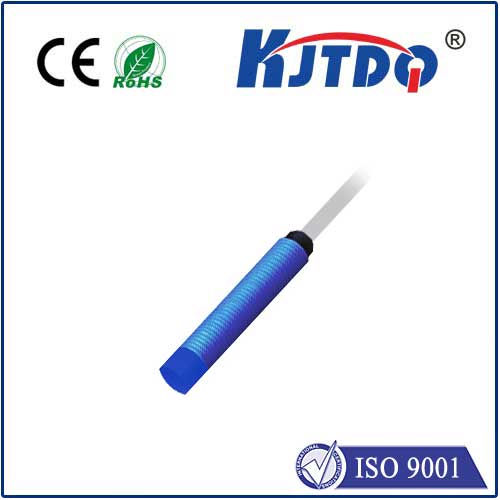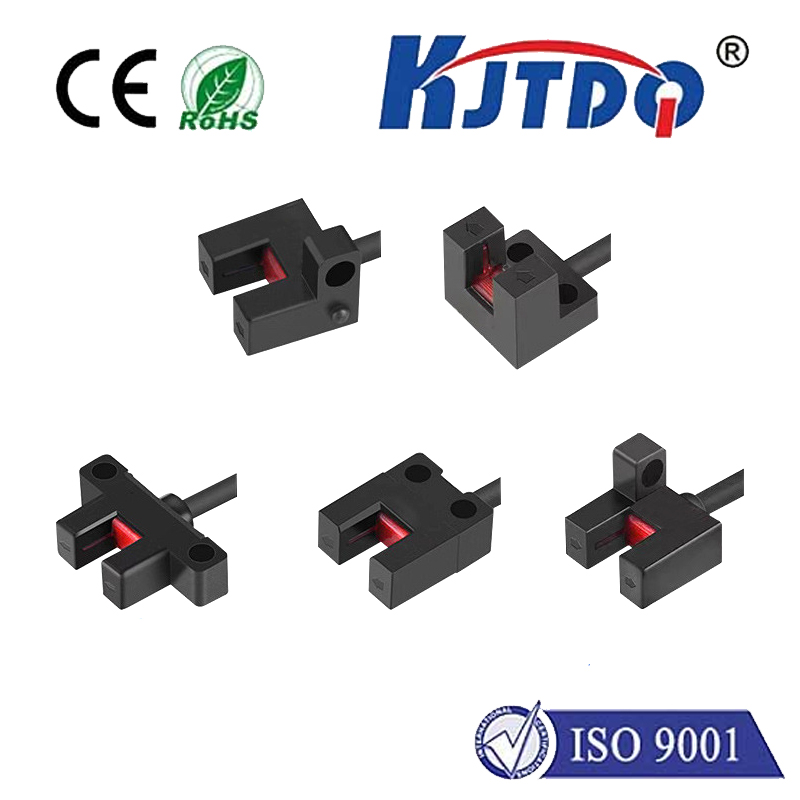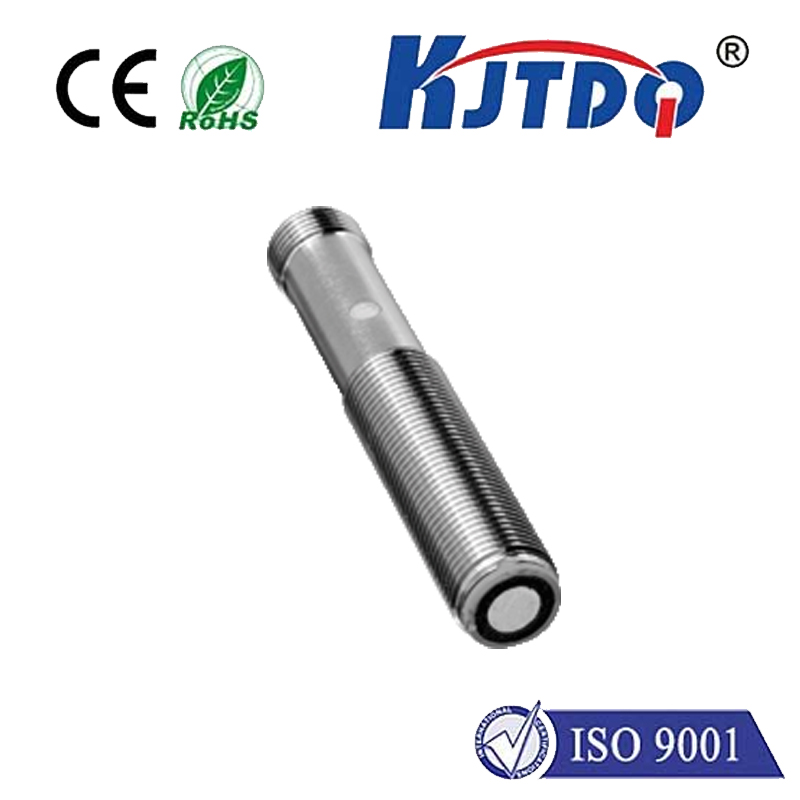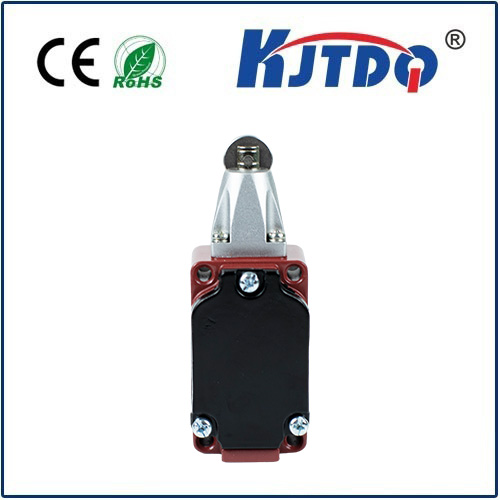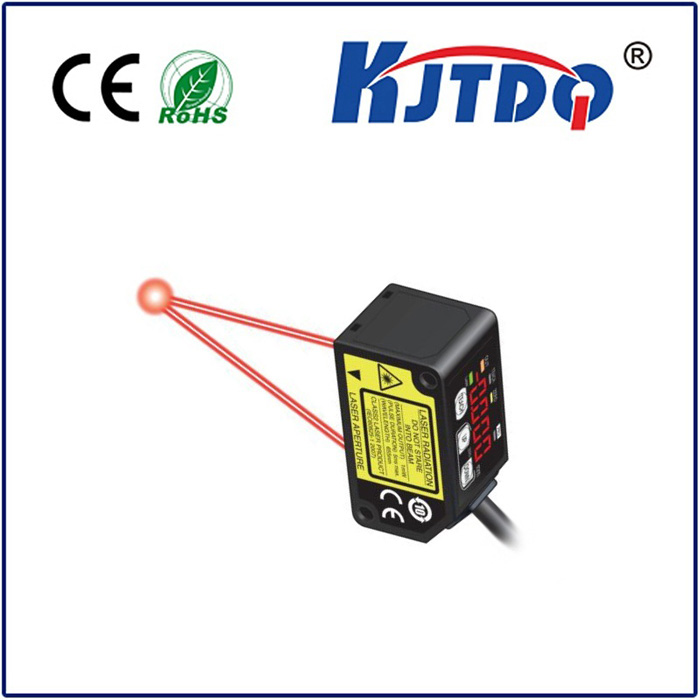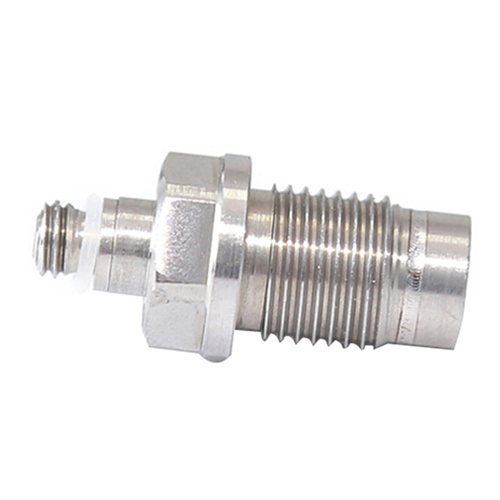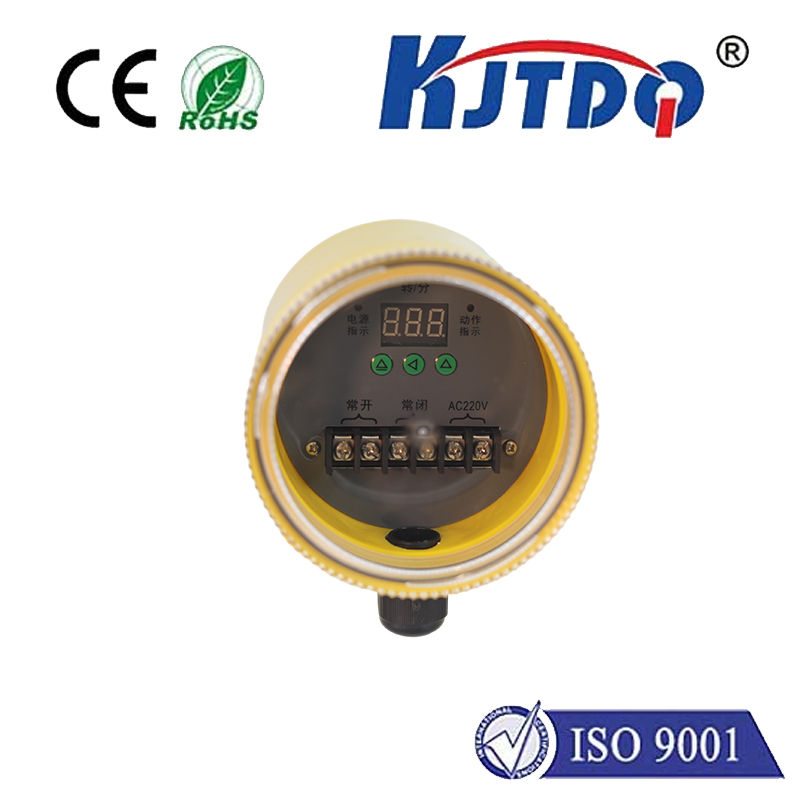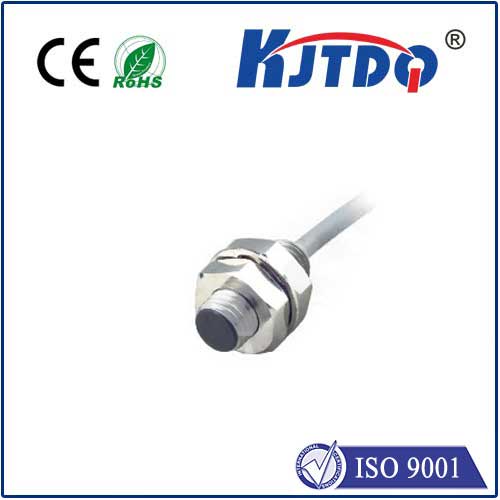Understanding the Intricacies of an Inductive Pickup Sensor: A Comprehensive Guide” In today’s world of advanced technology, sensors play a crucial role in ensuring that systems operate efficiently and accurately. Among the plethora of sensors available, the inductive pickup sensor stands out due to its unique characteristics and wide range of applications. This article aims to delve into the intricacies of an inductive pickup sensor, providing a comprehensive understanding of its functioning, benefits, and diverse applications.
An inductive pickup sensor, also known as an inductive proximity sensor, is a device that detects the presence or absence of a target object without any physical contact. It operates based on the principles of electromagnetic induction, which involves the generation of an electromotive force (EMF) within a conductor when it is exposed to a changing magnetic field. The sensor consists of an oscillator circuit with a coil that generates the electromagnetic field. When a metallic target comes close to this field, it disrupts the oscillation, causing a change in the output signal.
The working of an inductive pickup sensor can be broken down into simple steps. The sensor has a high-frequency oscillator circuit with a coil wound around a ferrite core. As the name suggests, inductive sensors are highly sensitive to changes in inductance, which is a property of electrical circuits that measures their ability to oppose changes in electric current. When no metal target is present near the sensor, the coil has a specific inductance, and the oscillator circuit operates at a constant frequency. However, when a conductive material, such as metal, approaches the sensor, it alters the inductance of the coil. This disruption causes the oscillator to either increase or decrease its frequency, depending on the design of the sensor. The change in frequency is detected by a demodulator circuit within the sensor, which then triggers a corresponding change in the output signal.
Non-contact Detection: Since these sensors do not require physical contact with the target object, they have a longer lifespan and are less prone to wear and tear.
High Reliability: Inductive sensors are immune to dust, dirt, and moisture, making them highly reliable for harsh environments.

Многогранный.: They can detect various types of metals regardless of their shape or size, offering flexibility in different applications.
Quick Response Time: These sensors provide fast response times, which is critical for high-speed operations in industrial settings.
Compact Size and Easy Integration: Their small size allows them to be easily integrated into various systems and machinery.
Inductive pickup sensors find applications across a wide array of industries due to their robust performance and versatility. Some common applications include:
Automated Industrial Machinery: Used in conveyor belt systems, packaging machines, and robotic arms for detecting product presence and positioning.
Автомобильная промышленность: Employed in anti-lock braking systems (ABS), gear shifting mechanisms, and tire pressure monitoring systems.
Потребительская электроника: Found in smartphones for detecting the opening and closing of cases or covers.
Система безопасности: Used in metal detectors and access control systems to identify metallic objects or individuals carrying prohibited items.
Hydraulics and Pneumatics: Applied in systems to monitor piston positions and fluid levels. In conclusion, the inductive pickup sensor is a remarkable piece of technology that offers numerous advantages and finds extensive usage in various sectors. Its non-contact nature, reliability, and quick response make it an ideal choice for applications requiring precise detection and control. As industries continue to evolve and demand more sophisticated solutions, the importance of inductive pickup sensors is only set to grow, cementing their place as a vital component in modern technology systems.
